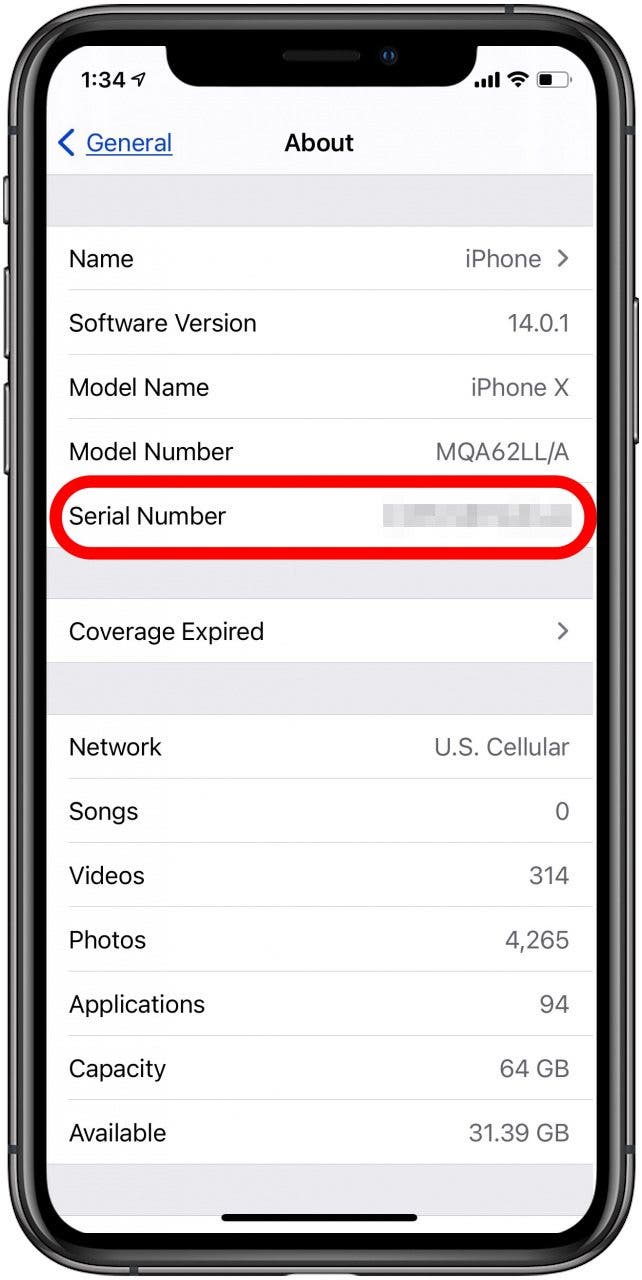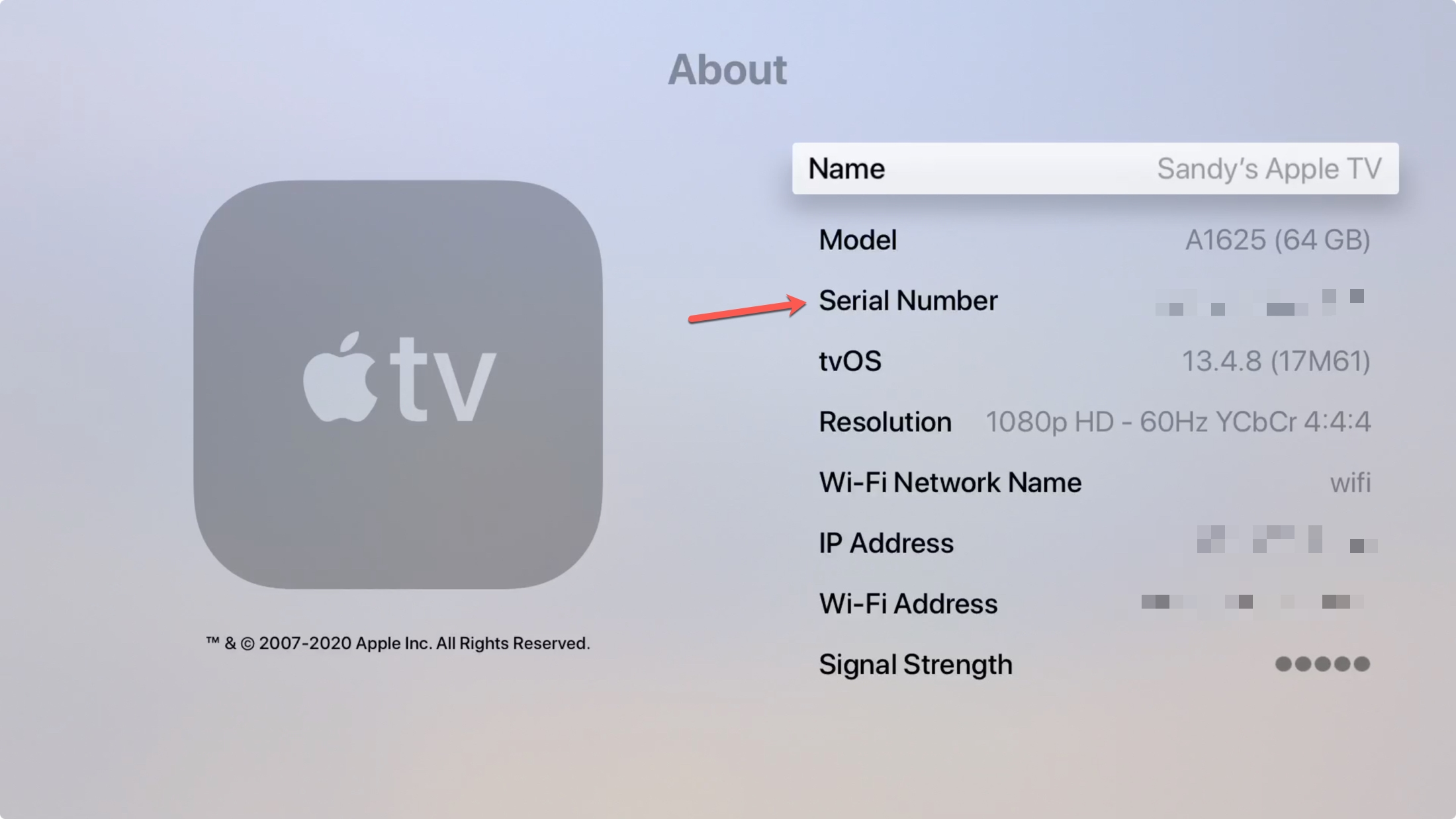


This is a major extension of the very first handwritten chess move recognition work reported by us in September 2021, and we believe this has the potential to revolutionize the scoresheet digitization process for the thousands of chess events that happen every day.Ĭhess is the one of the most popular board games in the world. The semi-autonomous approach, which requires requesting user input on unsettling cases, increases the MRA to around 99% while interrupting only on 4% moves. The autonomous post-processing requires no human interaction and achieves a Move Recognition Accuracy (MRA) around 95%. We developed two post-processing strategies utilizing the facts that we have two copies of each scoresheet (both players are required to write the entire game), and we can easily check if a move is valid. Starting with a pretrained network for standard Latin handwriting recognition, we imposed chess-specific restrictions and trained with our Handwritten Chess Scoresheet (HCS) dataset. This is a very time-consuming process, and in this paper we present an alternate workflow of digitizing scoresheets using a BiLSTM network. During an Over-the-Board (OTB) chess event, all players are required to record their moves strictly by hand, and later the event organizers are required to digitize these sheets for official records.


 0 kommentar(er)
0 kommentar(er)
